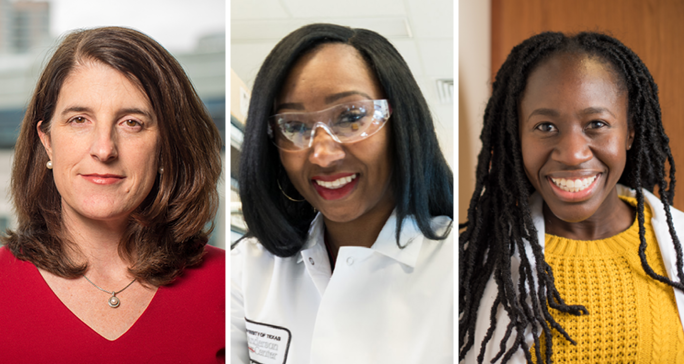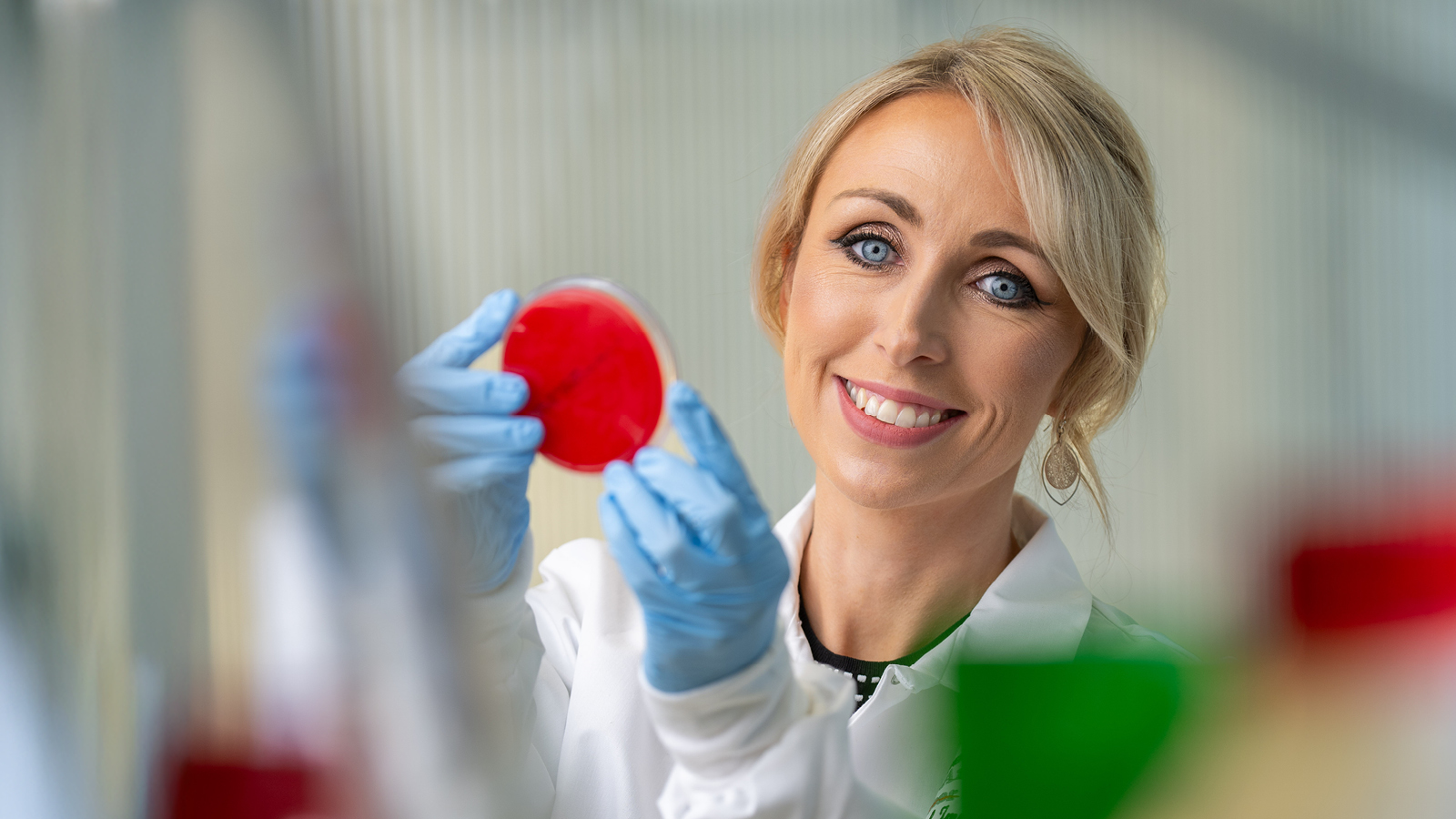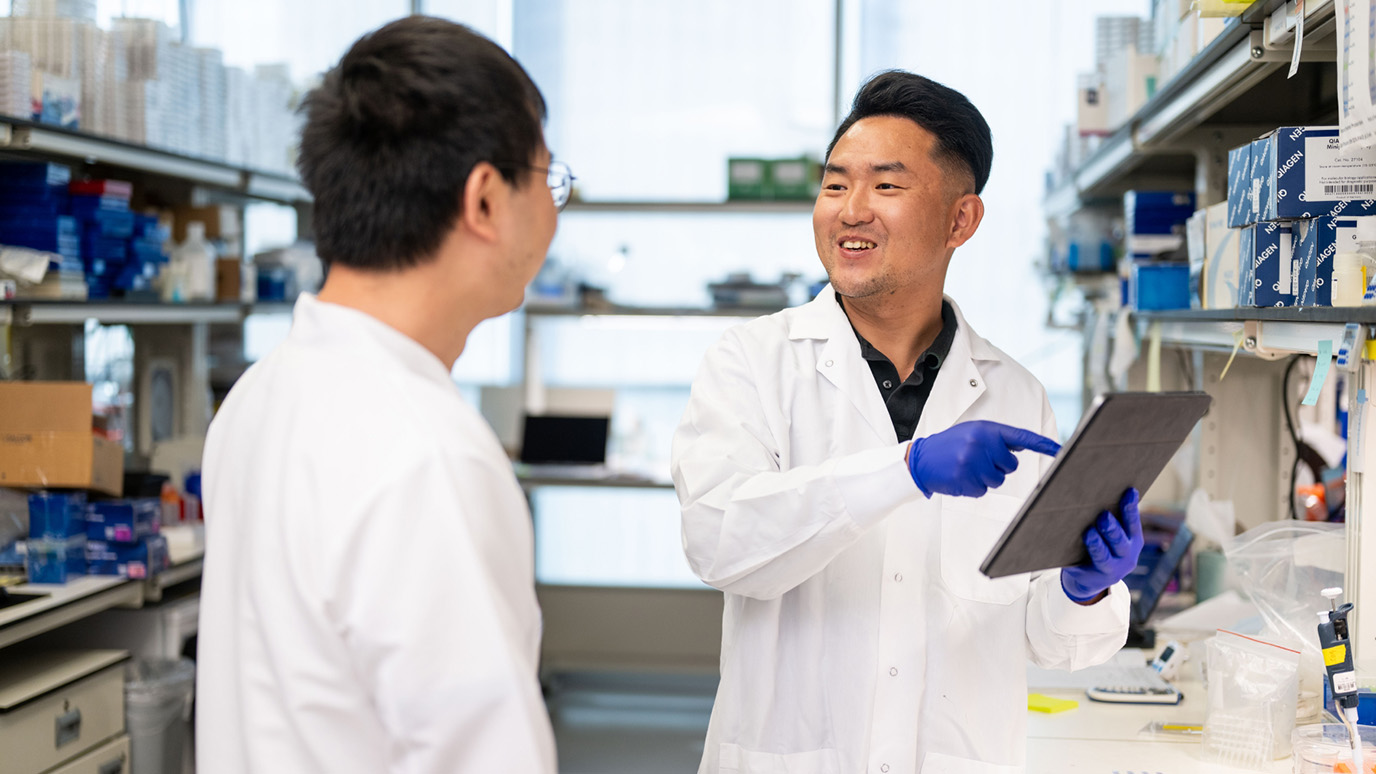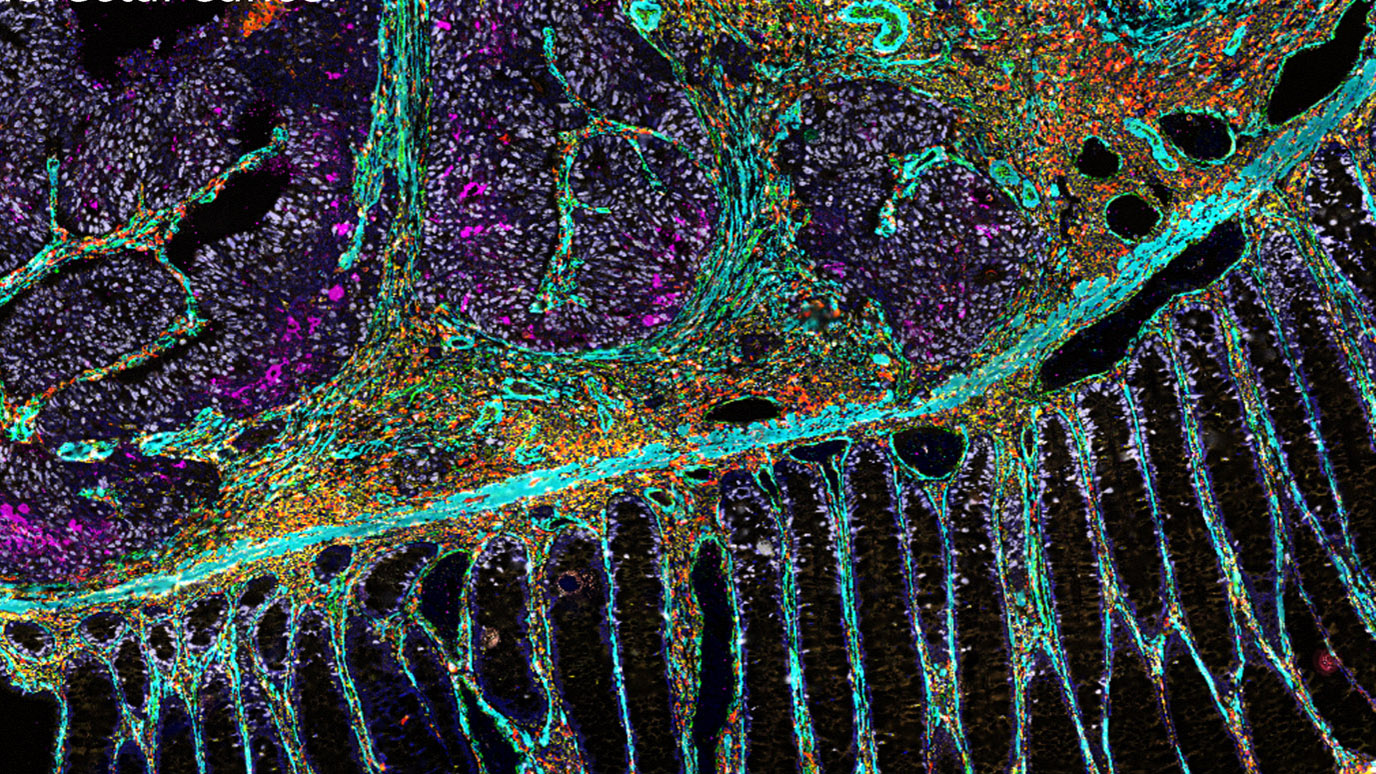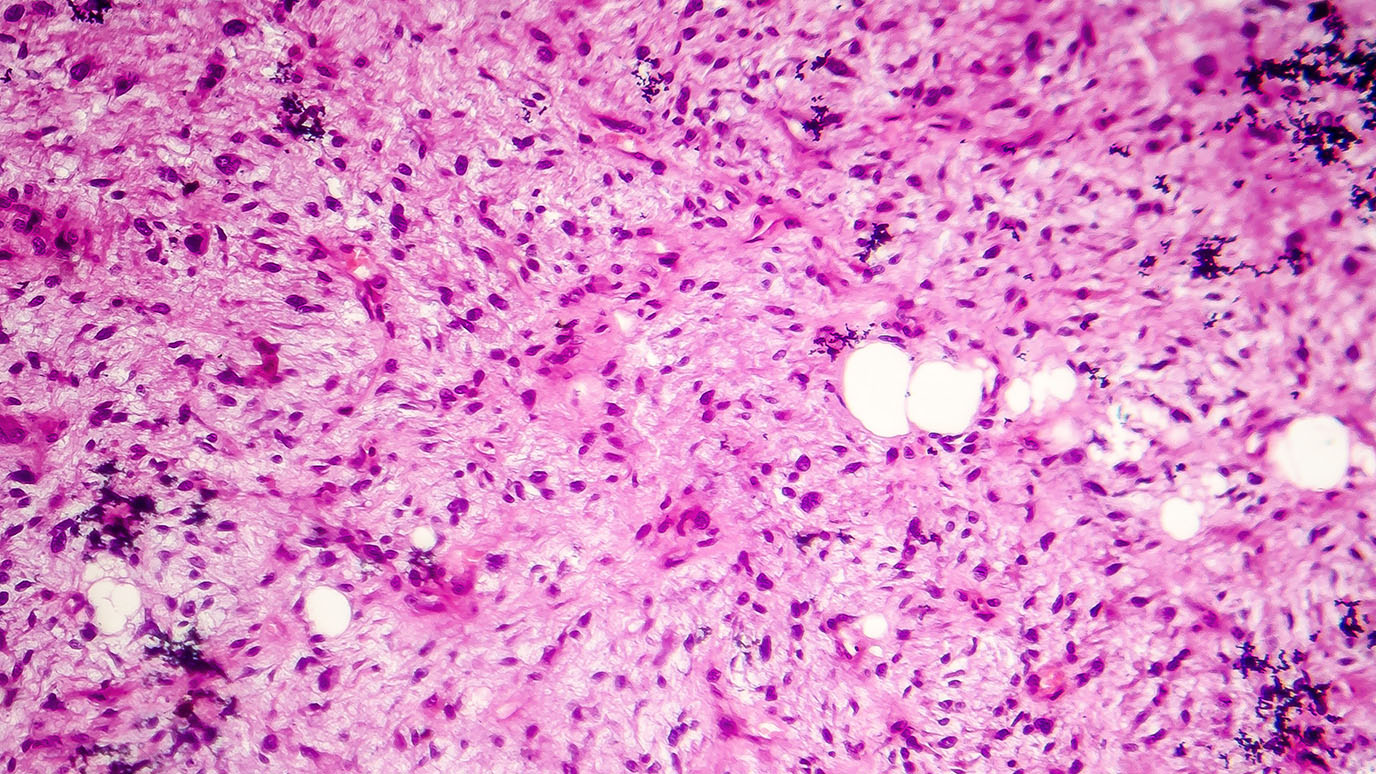- Diseases
- Acoustic Neuroma (16)
- Adrenal Gland Tumor (24)
- Anal Cancer (70)
- Anemia (2)
- Appendix Cancer (18)
- Bile Duct Cancer (26)
- Bladder Cancer (74)
- Brain Metastases (28)
- Brain Tumor (234)
- Breast Cancer (726)
- Breast Implant-Associated Anaplastic Large Cell Lymphoma (2)
- Cancer of Unknown Primary (4)
- Carcinoid Tumor (8)
- Cervical Cancer (164)
- Colon Cancer (168)
- Colorectal Cancer (118)
- Endocrine Tumor (4)
- Esophageal Cancer (44)
- Eye Cancer (36)
- Fallopian Tube Cancer (8)
- Germ Cell Tumor (4)
- Gestational Trophoblastic Disease (2)
- Head and Neck Cancer (14)
- Kidney Cancer (130)
- Leukemia (342)
- Liver Cancer (50)
- Lung Cancer (286)
- Lymphoma (278)
- Mesothelioma (14)
- Metastasis (30)
- Multiple Myeloma (100)
- Myelodysplastic Syndrome (60)
- Myeloproliferative Neoplasm (6)
- Neuroendocrine Tumors (16)
- Oral Cancer (102)
- Ovarian Cancer (178)
- Pancreatic Cancer (160)
- Parathyroid Disease (2)
- Penile Cancer (14)
- Pituitary Tumor (6)
- Prostate Cancer (150)
- Rectal Cancer (58)
- Renal Medullary Carcinoma (6)
- Salivary Gland Cancer (14)
- Sarcoma (238)
- Skin Cancer (300)
- Skull Base Tumors (56)
- Spinal Tumor (12)
- Stomach Cancer (66)
- Testicular Cancer (28)
- Throat Cancer (92)
- Thymoma (6)
- Thyroid Cancer (100)
- Tonsil Cancer (30)
- Uterine Cancer (86)
- Vaginal Cancer (18)
- Vulvar Cancer (22)
- Cancer Topic
- Adolescent and Young Adult Cancer Issues (22)
- Advance Care Planning (12)
- Biostatistics (2)
- Blood Donation (18)
- Bone Health (8)
- COVID-19 (360)
- Cancer Recurrence (120)
- Childhood Cancer Issues (120)
- Clinical Trials (628)
- Complementary Integrative Medicine (22)
- Cytogenetics (2)
- DNA Methylation (4)
- Diagnosis (238)
- Epigenetics (6)
- Fertility (62)
- Follow-up Guidelines (2)
- Health Disparities (14)
- Hereditary Cancer Syndromes (128)
- Immunology (18)
- Li-Fraumeni Syndrome (8)
- Mental Health (122)
- Molecular Diagnostics (8)
- Pain Management (62)
- Palliative Care (8)
- Pathology (10)
- Physical Therapy (18)
- Pregnancy (18)
- Prevention (936)
- Research (390)
- Second Opinion (78)
- Sexuality (16)
- Side Effects (616)
- Sleep Disorders (10)
- Stem Cell Transplantation Cellular Therapy (216)
- Support (408)
- Survivorship (328)
- Symptoms (182)
- Treatment (1788)
What is a biopsy? 7 questions, answered
5 minute read | Published September 07, 2023
Medically Reviewed | Last reviewed by an MD Anderson Cancer Center medical professional on September 07, 2023
Many cancer patients will need a type of tissue analysis called a biopsy at some point. What is a biopsy, how does it work and what can it reveal about your condition?
We went to anatomical pathologist and Pathology Chair Victor Prieto, M.D., Ph.D., for insight.
What is a biopsy?
A biopsy is a tissue sample taken from a living patient. It can be used to determine a number of things, including the presence or absence of:
- an infection, as well as its type
- cancer cells and their type
- inflammation or an allergic reaction to medication
- abnormal material, such as a foreign object
- other diseases or conditions, such as amyloidosis
In other words, a biopsy is not only used to confirm something. It can also be used to rule something out.
Tissue samples range from skin and bone to muscle, brain and more. But the sample has to be tissue; it can’t be blood, urine, saliva or any other bodily fluid. Those are processed at a different type of laboratory.
How do biopsies work?
Once a tissue sample is obtained, it’s sent to a pathology lab for analysis. There, the tissue is processed in one of two ways:
- It’s frozen.
- It’s dehydrated and glazed with wax.
Either way, the goal is to make the sample hard enough to be easily sliceable. In order for a pathologist to examine the sample under a microscope, it has to be very thinly sliced. The slices must be thin enough for light to pass through them. Our sections are just five microns across, so thin that you could fit 200 in a single hair.
After slicing the tissue and placing it on a glass slide, we use dyes to give color to different structures. The center of the cell (the nucleus) becomes purple, for instance, while the surrounding area (the cytoplasm) takes on other colors. This allows our pathologists to distinguish between different types of cells and help determine whether they’re benign or malignant.
We also use different stains to change the colors of various structures and special techniques that allow us to detect them. The ones we use most often enable us to detect antigens, which are structures made of proteins and sugars that are sometimes unique to one disease. Some lung cancer antigens, for example, are different from colon cancer antigens.
Other techniques allow us to detect genetic materials (DNA/RNA) that also help in cancer diagnosis and treatment. Lung cancer, for example, could have a specific mutation called EGFR that makes patients eligible to receive certain treatments. Also, some cancers that contain the antigen PD-L1 may be treated with immunotherapy, using anti-PDL-1 medications such as pembrolizumab or nivolumab.
How do doctors decide which processing method to use?
The freezing process is usually done when you need an answer right away. If a patient is in the operating room, for instance, you might need an immediate assessment of tumor tissue or a lymph node to decide how the surgery should proceed. You can obtain results using this process in as little as 20 minutes.
The other processing method is considered more standard, so that’s what most patients experience. It takes at least 24 hours to get results, but sometimes longer, depending on the type of tissue.
How many different types of biopsies are there?
There are four general biopsy categories.
- Curettage: This involves scraping cells from the surface of something, whether it’s skin, the cervix, the lining of the uterus or another structure. This category includes “shave biopsies,” in which a blade is used parallel to the skin to remove tissue, such as a mole.
- Punch: Also known as “tru-cut,” these biopsies are core samples usually obtained by using cylinders of various sizes that have a serrated edge. The end of the cylinder is applied to the surface of the tissue and twisted down to cut into it, then removed with the sample inside. This category includes fine-needle aspirations (essentially, very thin tissue samples) and is also used to extract bone marrow. Samples obtained using needles from deeply located tissues are called needle core biopsies.
- Blade: This type of biopsy is normally performed during open or endoscopic surgery, as it requires direct access to whatever is being sampled. Tissue samples are obtained by cutting the tissue and obtaining fragments in different shapes.
- Larger specimens: This category includes tumors or organs that have been surgically removed from the body (such as during a lumpectomy or a colectomy), as well as amputations.
Do biopsies hurt?
Cutting or scraping any part of the body can cause pain or discomfort. But a physician or nurse should be able to numb the area being biopsied so that the procedure won’t hurt.
During curettage and punch biopsies, for instance, some combination of topical and local anesthesia is often used. General anesthesia is used for some of the more invasive biopsy procedures, like the amputation of a digit.
Are certain types of biopsies used to diagnose particular cancers?
Bone marrow biopsies are used to look for blood cancers like leukemia and lymphoma.
Punches are used for skin cancers like melanoma, as well as breast, liver, kidney and soft tissue cancers.
Why might your doctor order a biopsy?
To confirm a cancer diagnosis, we have to examine tissue under a microscope. That’s the main reason behind the vast majority of biopsies we perform here at MD Anderson. If you already know you have cancer, a scan might be sufficient to determine if it’s metastasized or returned. Similarly, a biopsy may be needed to rule out an infection (e.g., bacterial, fungal) or a reactive process (such as a drug allergy).
The second reason we perform biopsies is to personalize our patients’ care plans. To determine what type of cancer treatments someone is eligible for, we need to know the particular characteristics of the cells in their tumors, so we analyze them at the molecular level to look for genetic mutations. Those are things we still can’t obtain from any type of imaging.
Personalized treatment plans lead to better outcomes. So, accurate diagnoses also ensure that patients will get the right treatment for their specific diagnoses.
Request an appointment at MD Anderson online or by calling 1-877-312-1065.

To confirm a cancer diagnosis, you have to examine tissue.
Victor Prieto, M.D., Ph.D.
Physician & Researcher

